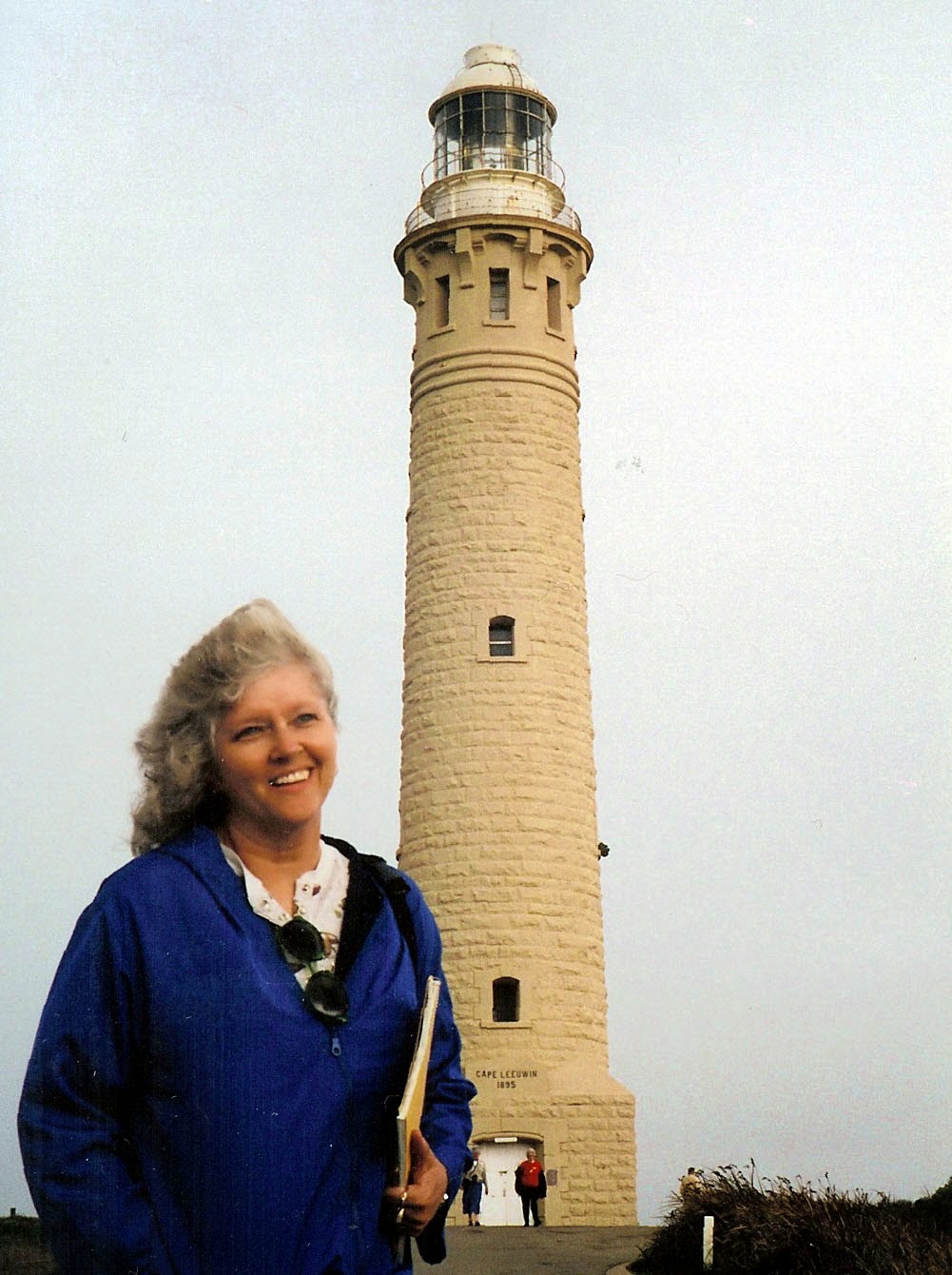Yaquina Head Lighthouse, Oregon, has a rocky, seaweed rich shoreline. Photo from rdmosley.wordpress.com.
What some might regard as worthless and inexhaustible, even a nuisance and a discard of the sea gods, was to the lighthouse keeper a material of many uses. It served as fertilizer and mulch for the garden and flowerbeds and insulation for crops during cold weather. It was fed to livestock and dried for use as stuffing in pillows and mattresses. We may enjoy our memory foam beds in these modern times, but seaweed was just as soft for bedding if properly rendered.
Perhaps the most important use of seaweed was for food. "Yuck!" you say? No, it was enjoyed. Seaweed was eaten raw in salads, it was added to soups (lighthouse miso anyone?), it was steamed or boiled like spinach, it was used as a thickener for puddings such as blancmange, and it was dried to make a salty flavoring similar to monosodium glutamate, the modern taste enhancer of prepared foods.
If the lighthouse larder ran low on salt, seaweed provided it and even added iodine, necessary for proper thyroid function. (Iodized salt is a fairly recent invention.) The fact that seaweed is also nutritious and free only added to its value in the lighthouse kitchen.
Seaweed made a great insulation for a clambake, steaming the succulent, buried clams just right. It dressed wounds, served as a kind of moisturizer for the skin and hair, and was thought to have curative powers for respiratory ailments.
Of course, there were other, less obvious uses for this ubiquitous alginate. Imaginative lighthouse children might fancy themselves merfolk with seaweed hair. They donned it as wigs and beards, made wreaths of it to hang up for decorations, and wove it into the station horse's mane. Bull whip kelp became the tentacles of a sea monster or the lariat of rodeo rider. Forests of kelp fired creative storytellers!
Kelp beds abound off Race Rocks Lighthouse, British Columbia. Photo by geckopaddler.blogspot.com.
Lighthouse keepers were truly thankful for this versatile marine greenie. Earth Day hadn't been invented in the days of the old U.S. Lighthouse Service, but if it had been...you can be sure seaweed would have topped the list of green things to celebrate!


















































